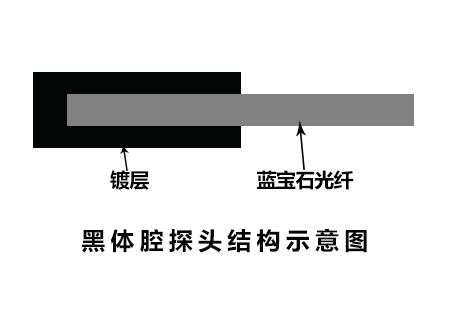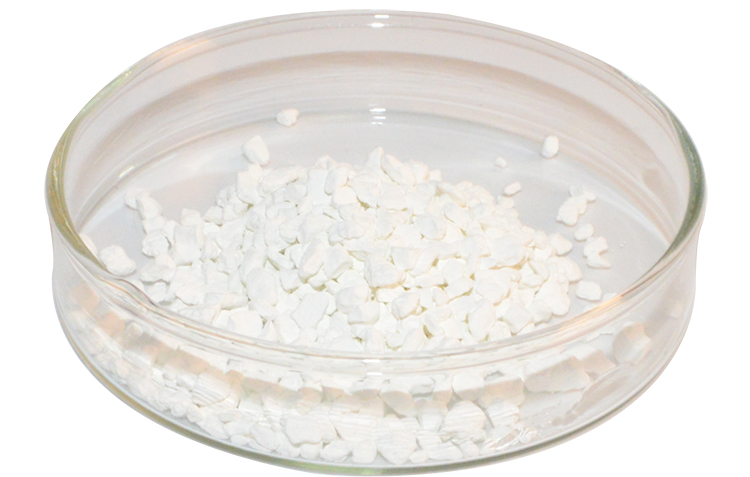- EN
 企业公众号
企业公众号 微信客服
微信客服
 企业公众号
企业公众号 微信客服
微信客服The high temperature resistant optical fiber has a melting point above 2000°C, with high hardness, high strength, high toughness, extremely high wear resistance and chemical resistance, etc.Its physical and chemical properties can meet the requirements of high temperature sensors in industry and military, and it has been widely used in ceramics, refractory materials, machinery, electronics, optics, aerospace, biology, chemistry and other fields.
In the process of making fiber optic high temperature sensor, because the prepared high temperature resistant fiber is bare fiber, it needs to be coated before it can be applied to temperature.Therefore, choosing suitable coating materials and methods is a key step in the production of optical fiber high temperature sensors.

The black body probe is the radiation sensitive element in the thermal radiation measurement, and its design is the key to the development of the sapphire fiber high temperature sensor.The characteristics of the black body cavity will directly determine the performance of the sensor. The material and coating process of the probe determine the upper limit of temperature measurement, dynamic response and service life of the sensor.It also determines the thermal radiation characteristics of the probe itself, thus affecting the temperature measurement accuracy, repeatability and stability of the sensor.The basic structure of the black body cavity is to form a uniform coating on one end of the sapphire. This layer of material surrounds the optical fiber to form a cylindrical cavity. Selecting appropriate parameters can make the radiation characteristics of this cavity close to that of an ideal black body.

Zinc oxide has high melting point (1975℃), good chemical stability, easy availability of raw materials, low preparation cost, simple process, low epitaxial growth temperature,The environment is non-toxic and harmless. It is suitable for sapphire blackbody cavity sensor coating material.Using electron beam evaporation technology, a zinc oxide film with good surface morphology and crystal structure was grown on the end face of the sapphire fiber.The zinc oxide film vapor deposited on the end face of the sapphire fiber has a steep optical absorption edge and strong light absorption in the ultraviolet band.As the wavelength increases, the optical absorption of the zinc oxide film decreases rapidly, with a transmittance of about 80% in the visible light band.As the measurement temperature increases, the optical absorption edge of the zinc oxide film has a red shift, showing a negative temperature effect. The band gap of the ZnO film deposited on the end face of the sapphire fiber is very sensitive to temperature changes.